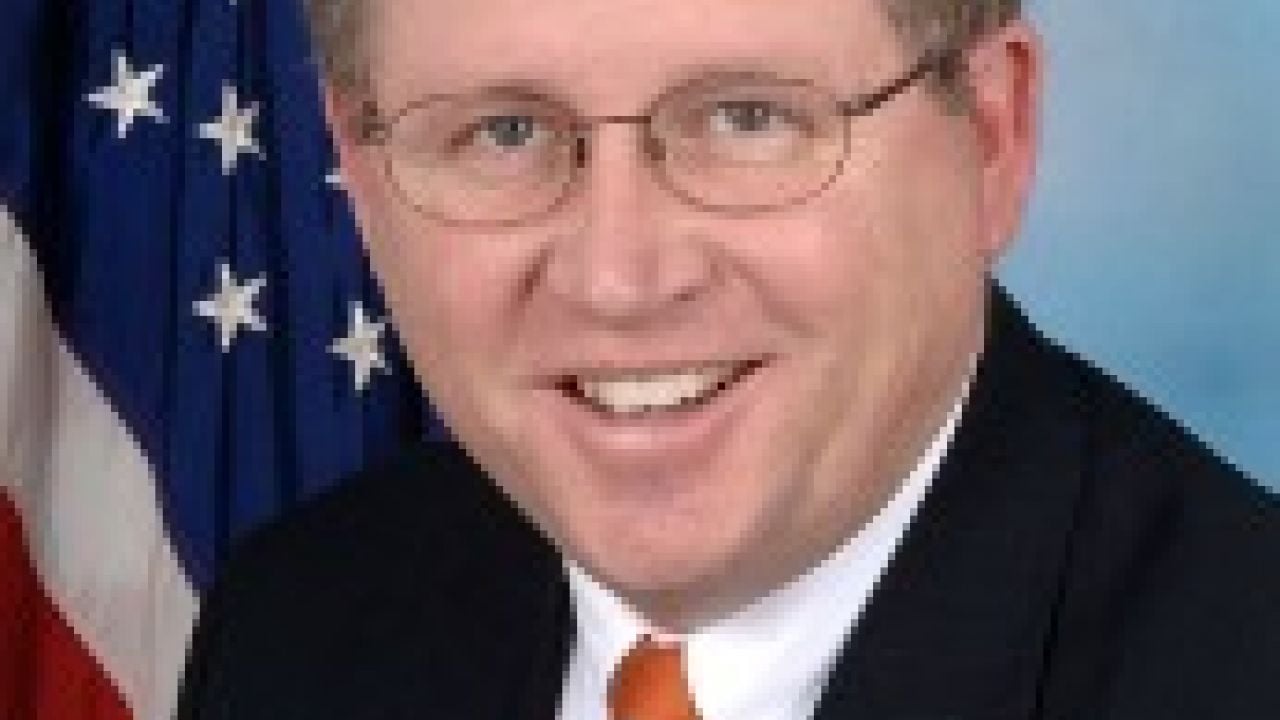
Rep. Frank Lucas, chairman of the House Agriculture Committee, claims it would be “misguided and redundant” to require farmers to protect wetlands and other environmentally sensitive lands in return for getting generous federal subsidies to pay for crop insurance.
The Oklahoma Republican said last week (Oct. 9) that he opposes attaching a “conservation compliance” provision to crop insurance because there are already similar requirements on farmers who take advantage of USDA’s “commodity, conservation and credit programs.”
One of the programs Lucas is referring to is the discredited “direct payments” program. While this wasteful program distributes payments to landowners whether or not they actually farm the land (or even live anywhere near a farm), it does at least require good stewardship of soil and water in order to receive the payments. Given that both the House and Senate versions of the farm bill eliminate direct payments, there’s a good chance that the program will finally die – more than a decade after it was originally slated to expire.
What Lucas didn’t say is that the farm bill he wants to pass would replace direct payments with a pumped-up crop insurance program. Failing to relink the long-standing conservation quid pro quo to insurance premium subsidies will gut conservation compliance. The far less generous “commodity, conservation and credit programs” cited by Rep. Lucas simply won’t create enough incentives to keep soil and wetlands protected once direct payments are gone.
The pending Senate version of the farm bill includes a provision to relink conservation compliance with crop insurance subsidies. Chairman Lucas’s competing House version does not.
Restoring the conservation quid pro quo that used to be attached to crop insurance subsidies would actually work in farmers’ favor. If a grower has been getting direct payments, he won’t have to change anything he does if his premium subsidies carry the same conditions.
Among the subset of farmers who don’t get any support from the government except for subsidies to help pay their crop insurance premiums, only those who plant annually tilled crops on wetlands or highly erodible lands would have to come into compliance – if they aren’t already. And they would have a five-year grace period to do so.
A solid majority of farmers has consistently supported this “conservation compact” with the public whose taxes pay for the subsidies that agriculture enjoys, and that’s no small expense. Taxpayers are on the hook for an average of 60 percent of crop insurance premiums, and the public also subsidizes the insurance companies (some of them foreign-owned) that sell the policies and the claims they pay out.
With the cost to taxpayers of subsidizing crop insurance on the rise and millions of acres of fragile land going under the plow, it has never been more important to restore the conservation compliance requirement to federal crop insurance. Taxpayers are already paying more than $10 billion a year to help farmers insure their crops, and the price tag could easily get a lot higher. In return, they deserve a commitment from farmers to protect our nation’s soil and water resources.
If Chairman Lucas is indeed a “firm believer of these conservation compliance standards,” as he claims to be, he should be in favor of re-linking them to the subsidies farmers receive to pay their crop insurance premiums – especially now that direct payments will finally be ending along with their conservation compliance requirements.


